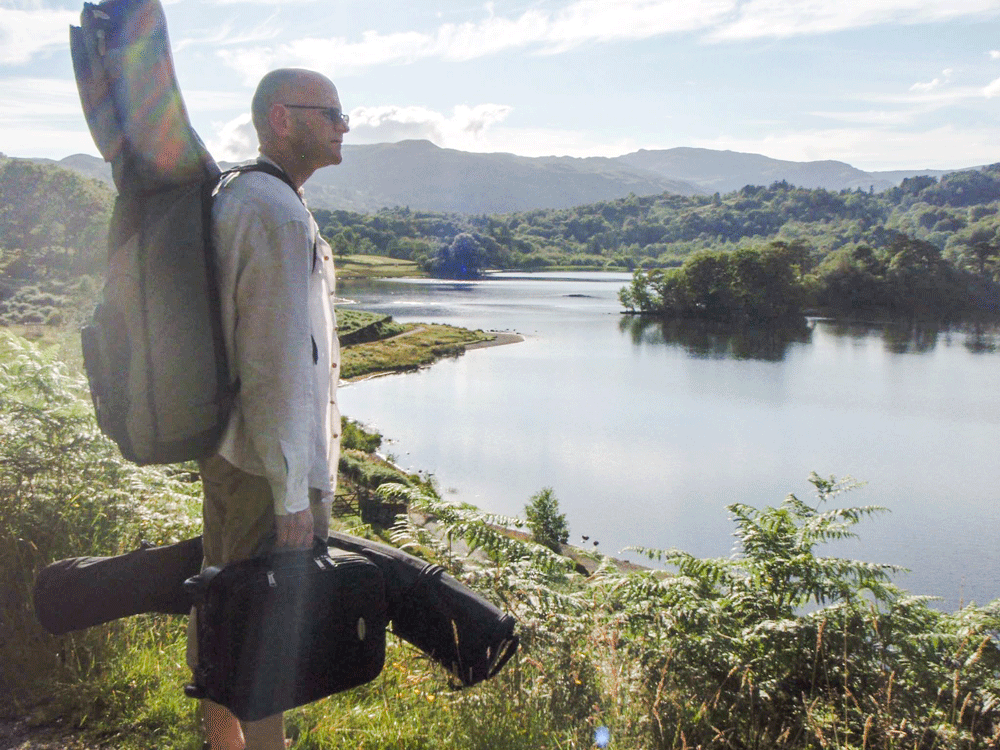Mind the Gap!
/My copy of Community Music at the Boundaries arrived just in time for the virtual book launch live from Canada today. This new publication edited by Dr. Lee Willingham at the Laurier Centre Centre for Community Music in Ontario contains an exciting range of contemporary writers on the subject of Community Music as a practice of ‘boundary walking’, including a chapter of mine entitled ‘Mind the Gap!’ exploring how the widening gap between the haves and the have nots when it comes to cultural resources can at least be partly addressed by bridging the gap between HE study and the real world. Even though I wrote the chapter a couple of years ago as I was leaving Sage Gateshead, its publication is timely at a time when the UK government are seeking to cut resources for Arts in HE, widening both of these gaps still further.
In the chapter, I question whether cultural institutions are the best placed to address the widening gaps in cultural participation:
As institutions represent the most distinguished forms of capital of the ‘rational community’ of culture, developing more democratic forms of cultural engagement requires them to ‘break’ (Bourdieu et al., 1991) from their own world view to encourage the dissensual voices of the ‘community of those who have nothing in common’ (Lingis, 1994) to contribute to cultural discourse and policy. Either that, or such development has to take place outside of the institution altogether.
Furthermore, in terms of social justice and cultural democracy, it’s the individual rather than the institution which is the site of transformation:
it is the encounter between socially engaged musicians and their various publics – rather than the institutionalised approach per se – which holds the promise of a more democratic participation in cultural life.
All of which points to the need for…
a shift in cultural policy, to provide more opportunities for individual and groups of artists to bring about the changes in access to cultural participation which are needed to enable every citizen to lead a creative and fulfilling life
As part of the research for the chapter, I’d coordinated a survey of the Jazz and Community Music graduates of the undergraduate programmes at Sage Gateshead, to better understand how this musical community of practice in the NE of the UK contributes to the cultural life of the region. One of the striking things is how important teaching and facilitation are within these musicians’ professional portfolios:
while the relationship between time spent on different musical activities and income derived from those activities is roughly equal in most cases, for teaching it is significantly higher (47% of income for 34% of activity), suggesting that for these musicians, teaching is an effective means of stabilizing income across a broad portfolio of professional work
I’m old enough to remember the 1980s when the onset of neoliberalism started to remove the safety nets which had prevented people falling into poverty or deprivation. Even then, as public resources for the Arts dwindled, artists of all disciplines simply found different ways of engaging publics in creative and imaginative ways. For the most part, grass roots practices have survived through the sheer determination and passion of artists to make a difference in the world, with or without government support. Of course we can achieve more if we have the support of public funds, but even without it, socially engaged artists will always commit to working in the gaps and the cracks as part of a commitment to the potential of the Arts to transform people’s lives. Apart from anything else, it’s in the gaps and the cracks that new seeds can take root and start to grow.
This chapter is the first piece in a jigsaw of publications I’ve got coming out this year, establishing the ground for my forthcoming publication Music Making and the Civic Imagination, due in 2022. You can get a copy of the book from all good booksellers including Amazon, and the launch event today is a public event on Zoom so you can find out more from some of the other authors involved.
p.s. the photo is of the book sitting on top of new toy for the Communitas project this summer which arrived yesterday, the awesome Ambox!
